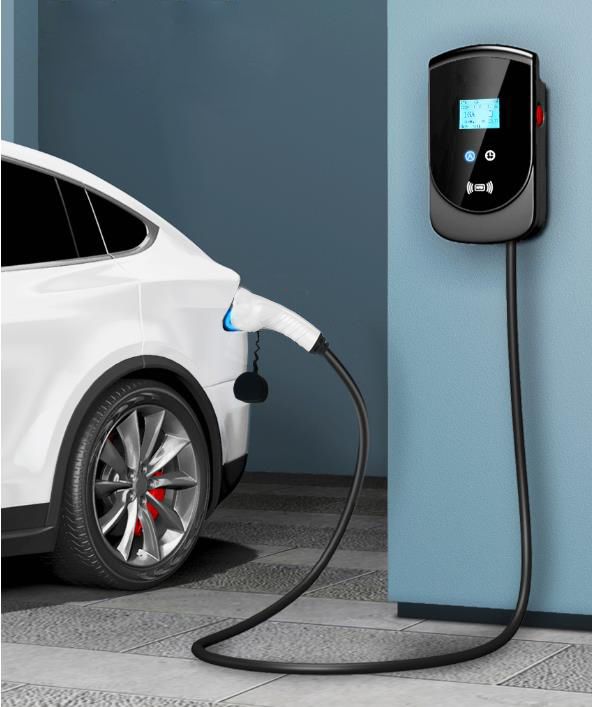EV charger
When you first plug in an electric car, a lot of information passes back-and-forth between the vehicle and the charger before any electricity starts moving, said Nathan Wang, project
manager at UL Solutions Advanced Electric Vehicles Charging Lab. For one thing, the vehicle has to let the charger know how fast it can safely charge and the charger needs to
respect that speed limit. The popular Chevrolet Bolt EV, for instance, can only charge at up to 55 kilowatts. You can choose to plug into a faster charger, but you won’t get done any
sooner. The charger just slows down to match the car’s needs.
Beyond that, even if your electric vehicle can charge at up to 250 kilowatts and so can the charger, you may get less speed than that. It could be because, say, you’re at a location
with six fast chargers and every one has a car plugged in. The chargers may reduce output to all the vehicles rather than overload the system, said Wang.
Of course, there could also just be random technical issues. With so much energy moving around, if anything seems like it might be wrong, the system could just put everything on
hold. “Safety is paramount,” said Rick Wilmer, chief operating officer of EV charging provider ChargePoint. “Obviously, you don’t want to hurt anybody or burn a car so anything that
looks like it can pose a risk of any sort … we will automatically shut everything down, of course.”
Still, ChargePoint’s chargers operate the great majority of the time, Wilmer said. What’s coming next Then there are the different EV charging networks. When you want some gas,
it doesn’t make too much difference where you get it from. Whether it’s Shell, BP, Exxon or whichever, they pretty much all work the same way.
With EV chargers, using a different charging network can mean you have to download a new smartphone app and open an account with some other service before you can charge.
This is something the charging industry groups have been working to clear up, though. One thing J.D. Power’s surveys indicate is that drivers who plan ahead for charging seem to
happier than those who don’t, said Gruber. These days, a variety of apps and vehicles’ own navigation systems make it fairly easy to plan routes with charging stops. You can see
what type of chargers are where and whether they’re available right now.
Charging companies are working on being able to provide even more detailed information such as how long until a car that’s currently using a charger will be finished, said Mark
Hawkinson,head of the technical solutions group at ABM, a company that sets up charging stations.
And as complicated as charging an EV can be, every little bit of extra information helps.
16A 32A 20ft SAE J1772 & IEC 62196-2 Charging Box
Post time: Nov-15-2023









